talkingfashion
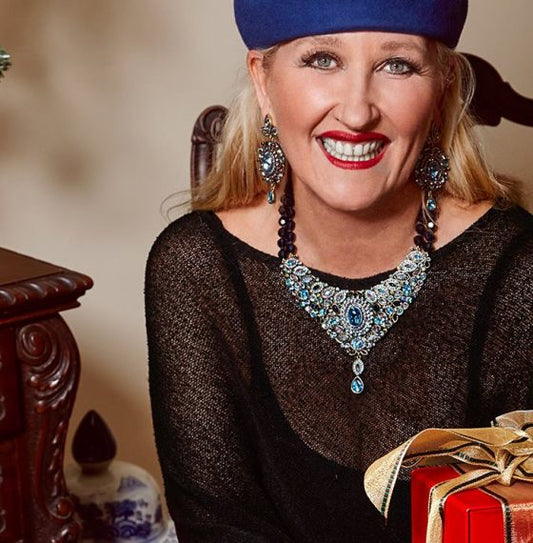
Contemporary Fashion Jewelry Designer Heidi Daus
Statement jewelry pieces is what Heidi Daus creates. Her inspiration comes from art deco and chinoiserie. Fans adore the luxurious feel her pieces give them. Due to her passion of...
Contemporary Fashion Jewelry Designer Heidi Daus
Statement jewelry pieces is what Heidi Daus creates. Her inspiration comes from art deco and chinoiserie. Fans adore the luxurious feel her pieces give them. Due to her passion of...
The Met Museum Presents Jewelry: The Body Trans...
The Met Museum Presents Jewelry: The Body Transformed By Paige McKirahan In the wake of The Metropolitan Museum of Art’s most successful fashion related exhibit since its conception (talking...
The Met Museum Presents Jewelry: The Body Trans...
The Met Museum Presents Jewelry: The Body Transformed By Paige McKirahan In the wake of The Metropolitan Museum of Art’s most successful fashion related exhibit since its conception (talking...
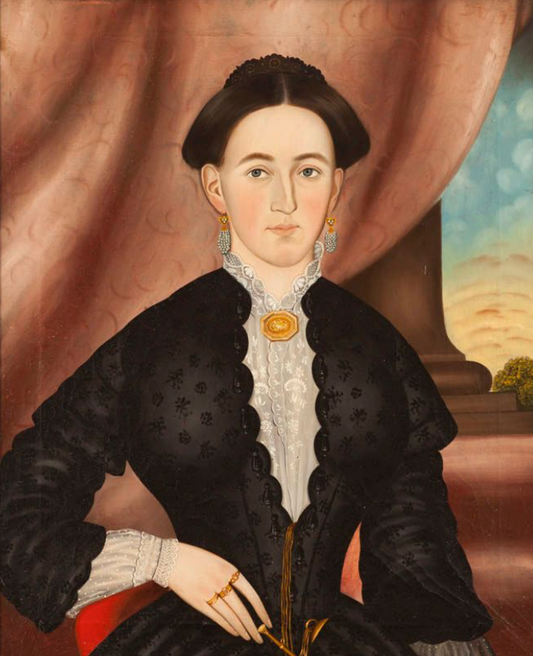
Folk Art Influence: American Art Turned Fashion
Folk Art Influence: American Art Turned Fashion by Morgan Watkins When you think of the term “folk art,” what comes to mind? Do you instinctively hum a tune by Mumford &...
Folk Art Influence: American Art Turned Fashion
Folk Art Influence: American Art Turned Fashion by Morgan Watkins When you think of the term “folk art,” what comes to mind? Do you instinctively hum a tune by Mumford &...
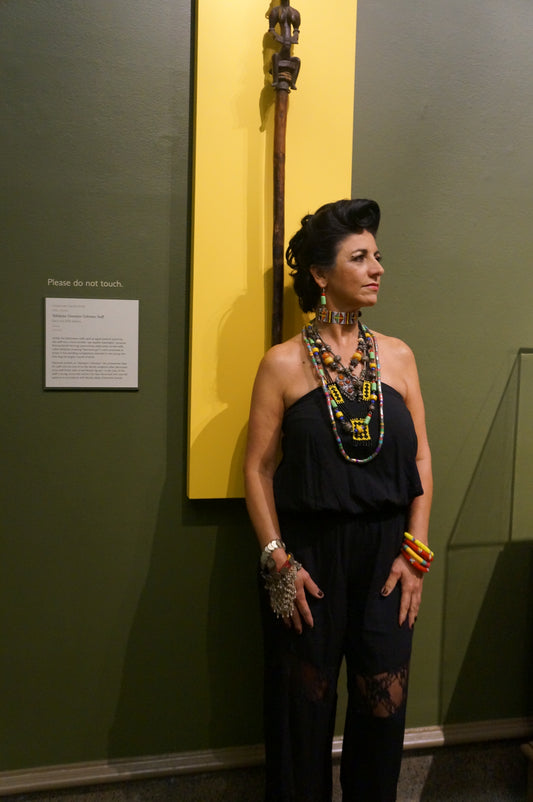
Symbolism & Style: The Diverse Jewelry of Africa
Symbolism & Style: The Diverse Jewelry of Africa by Morgan Watkins Africa: a continent represented by diverse cultures, art and rich history. While it would be nearly impossible to put into...
Symbolism & Style: The Diverse Jewelry of Africa
Symbolism & Style: The Diverse Jewelry of Africa by Morgan Watkins Africa: a continent represented by diverse cultures, art and rich history. While it would be nearly impossible to put into...
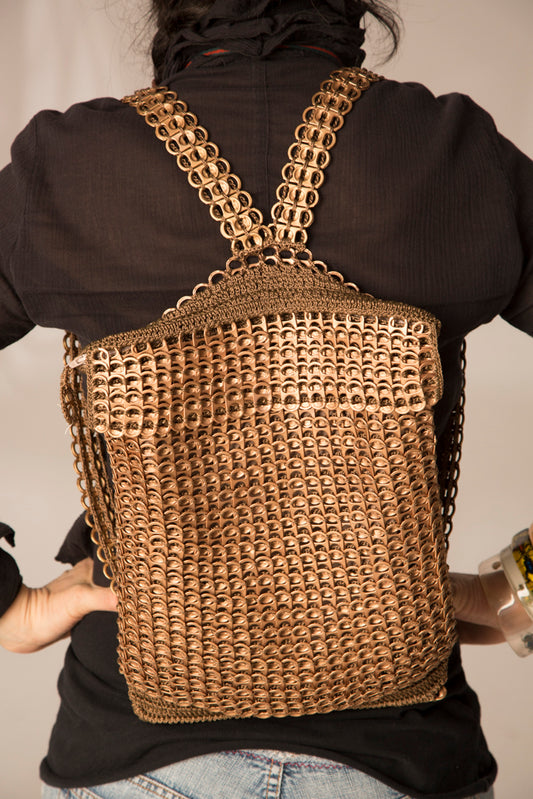
Neide Ambrosio aka Pretinha
Neide Ambrosio In a time like ours when so many people are focused on sustainable lifestyles and products, it would only be natural for this practice to cross over into...
Neide Ambrosio aka Pretinha
Neide Ambrosio In a time like ours when so many people are focused on sustainable lifestyles and products, it would only be natural for this practice to cross over into...
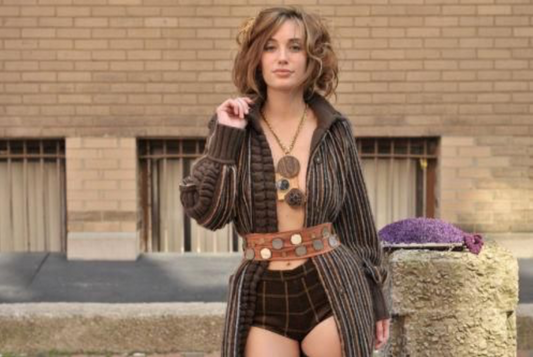
Benefits of Buying Vintage and Secondhand Jewelry
Benefits of Buying Vintage and Secondhand Jewelry written by Morgan Watkins With the rise of thrift shopping and selling apps like Depop and Poshmark, buying vintage has never been easier. The...
Benefits of Buying Vintage and Secondhand Jewelry
Benefits of Buying Vintage and Secondhand Jewelry written by Morgan Watkins With the rise of thrift shopping and selling apps like Depop and Poshmark, buying vintage has never been easier. The...